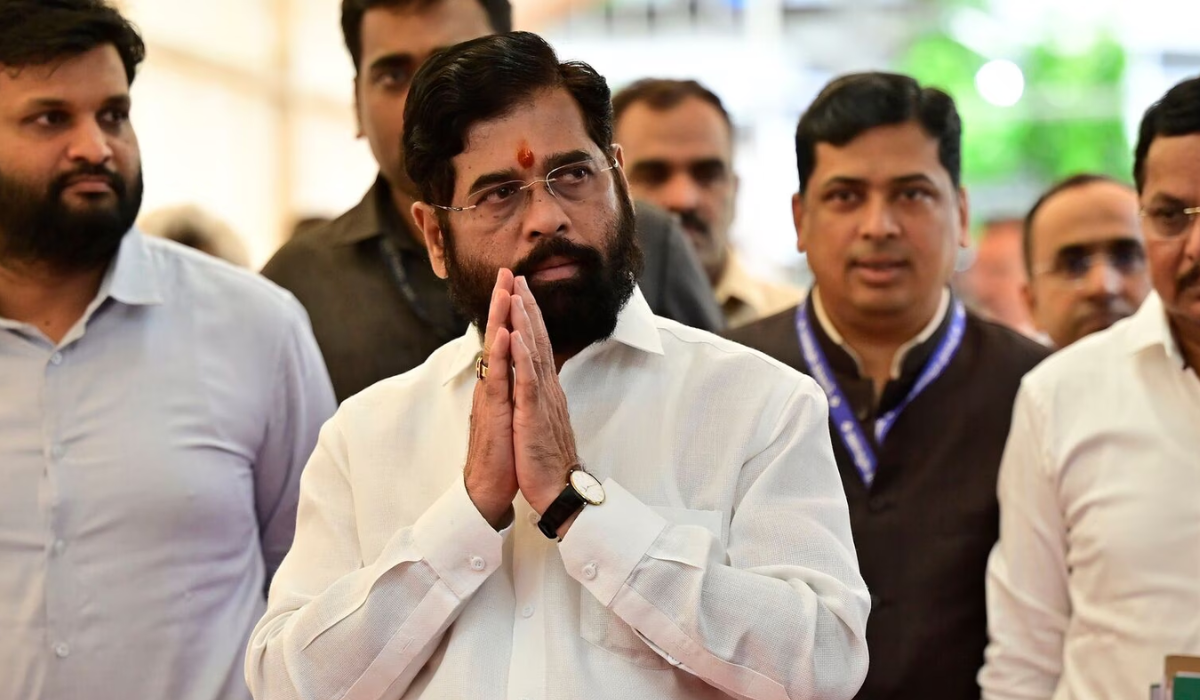On August 25, the Maharashtra cabinet approved implementing the Unified Pension Scheme (UPS) for state government employees, following the announcement made by Prime Minister Narendra Modi’s Union government the previous day.
According to the Maharashtra cabinet’s decision, the UPS will be implemented retroactively from March this year and will benefit all state government employees in the election-bound state, as reported by news agency PTI quoting an official.
Also Read: India Marks Inaugural National Space Day Celebration Today
Maharashtra Cabinet Aligns with Centre’s UPS
On August 24, the Modi government approved the Unified Pension Scheme (UPS) for central government employees who joined after January 1, 2004. Under this scheme, employees transitioning from the National Pension Scheme (NPS) to UPS will receive an assured pension of 50% of the average basic pay drawn over the last 12 months before retirement, with a minimum qualifying service of 25 years.
In a significant move, the Eknath Shinde-led Maharashtra government decided to implement the UPS for state employees, with the assembly’s term ending in November and elections expected in October-November.
Additionally, the cabinet approved the expansion of the uninterrupted power supply scheme to benefit more farmers with daytime power and sanctioned Rs 7,000 crore for the Nar-Par-Girna river linking project, aimed at aiding districts like Nashik and Jalgaon in north Maharashtra.
Key Features of the Unified Pension Scheme (UPS):
Assured Pension:
Employees under the NPS who opt for the UPS will be eligible for an assured pension. This pension is calculated as 50% of their average basic pay over the last 12 months before retirement. This is a significant shift from the NPS, where pensions were determined solely based on the contributions made by the employees and the government during the service period.
Government Contribution Increase:
Government Contribution Increase: Under the UPS, the government’s contribution towards the pension fund will increase from the current 14% to 18.5% of the basic salary. This increase aims to provide a more substantial pension benefit to employees and is expected to cost the government an additional Rs 6,250 crore annually.
Qualifying Service:
To be eligible for the assured pension under the UPS, employees must have completed a minimum of 25 years of service.
Arrears Payment:
There is a provision for arrears under the scheme. An amount of Rs 800 crore is due to be paid as arrears under the NPS to employees who retire before March 31, 2025. Those retirees who opt for the UPS will be eligible to receive these arrears.
Context and Implications:
The introduction of the UPS comes at a time when several non-BJP-ruled states are considering a return to the Old Pension Scheme (OPS), which is linked to the Dearness Allowance (DA). The OPS provides a more traditional form of pension that is often seen as more beneficial by government employees than the NPS.
The UPS represents a middle ground between the NPS and OPS, offering a guaranteed pension while still maintaining the contribution-based framework of the NPS. This is seen as a strategic move by the central government to address demands for pension reforms without reverting entirely to the OPS.
The adoption of UPS by Maharashtra could prompt other states to consider similar transitions, particularly as employee organizations in various states continue to advocate for pension reforms.
Also Read: India Observes Its Inaugural National Space Day Today


Thank you for the good writeup It in fact was a amusement account it Look advanced to far added agreeable from you However how could we communicate
[…] Also Read: Maharashtra Leads as First State to Implement Unified Pension Scheme for Employees […]
[…] Also Read: Maharashtra Leads as First State to Implement Unified Pension Scheme for Employees […]
[…] Also Read: Maharashtra Leads as First State to Implement Unified Pension Scheme for Employees […]
[…] Also Read: Maharashtra Leads as First State to Implement Unified Pension Scheme for Employees […]
[…] Also Read: Maharashtra Leads as First State to Implement Unified Pension Scheme for Employees […]